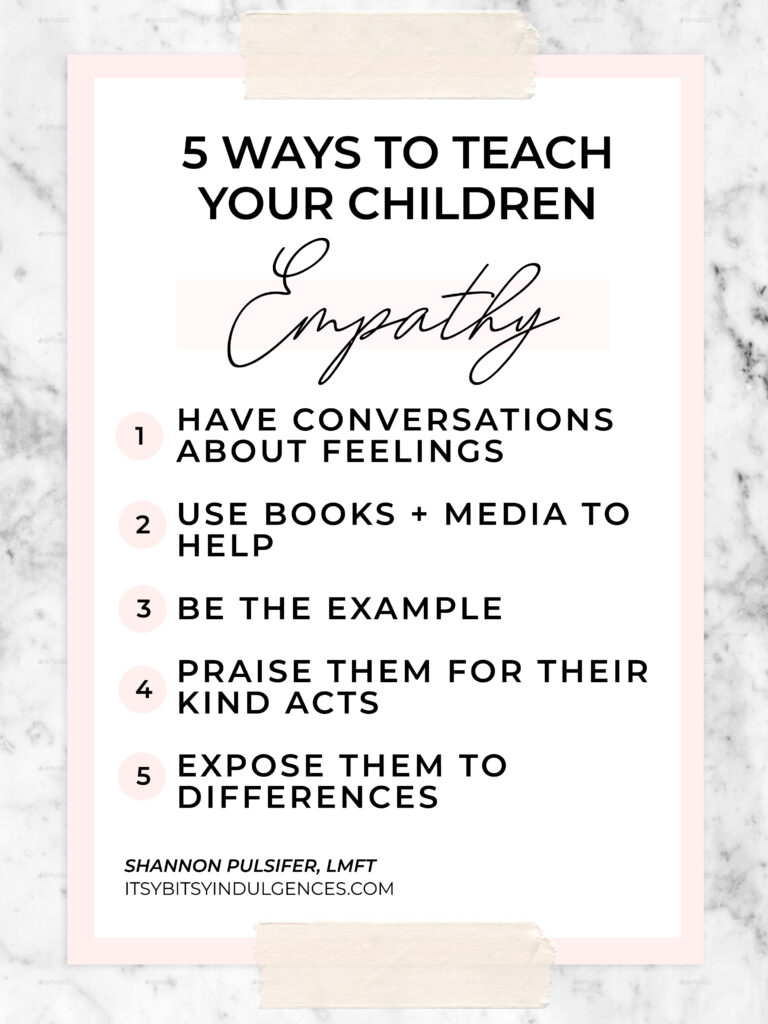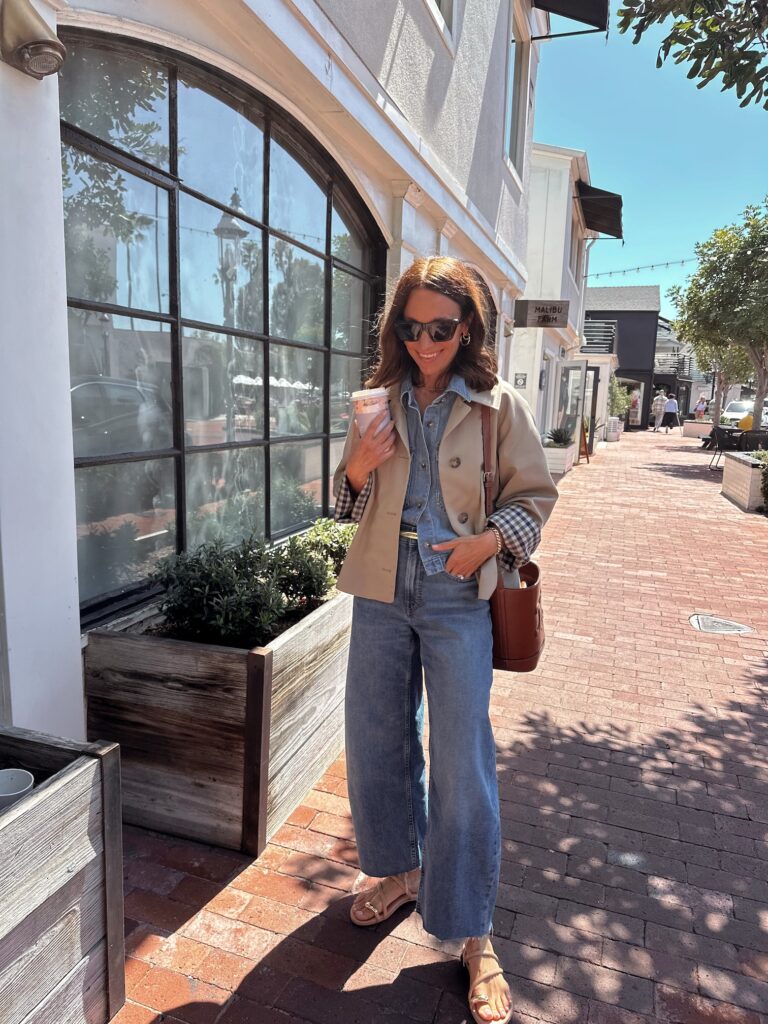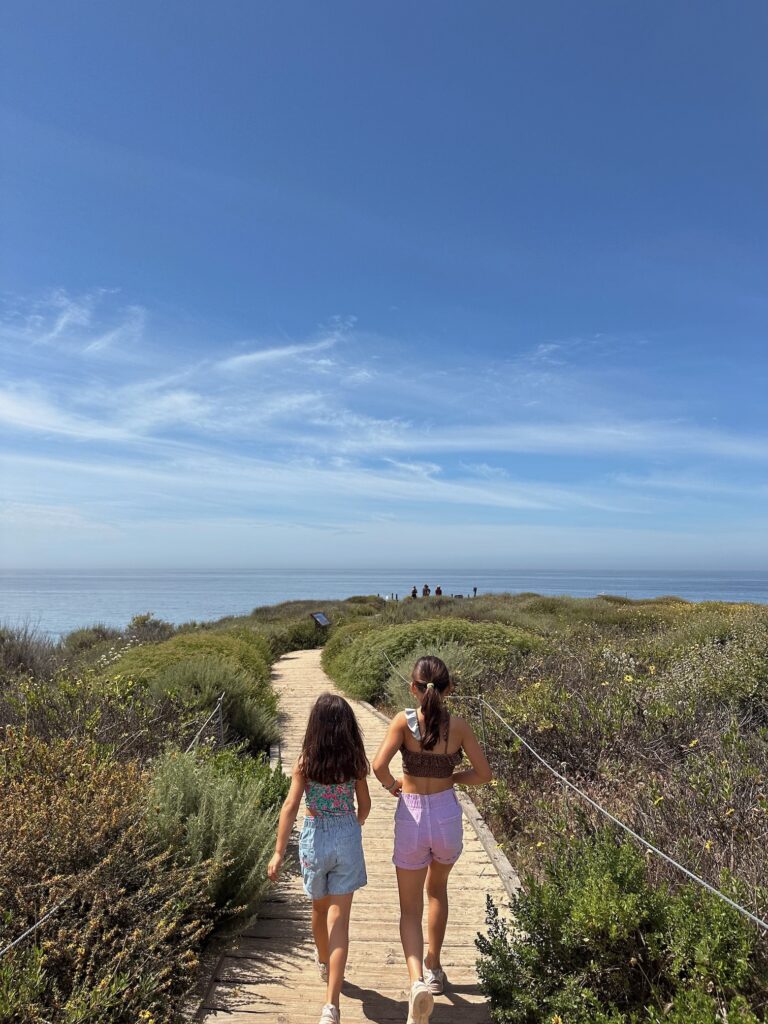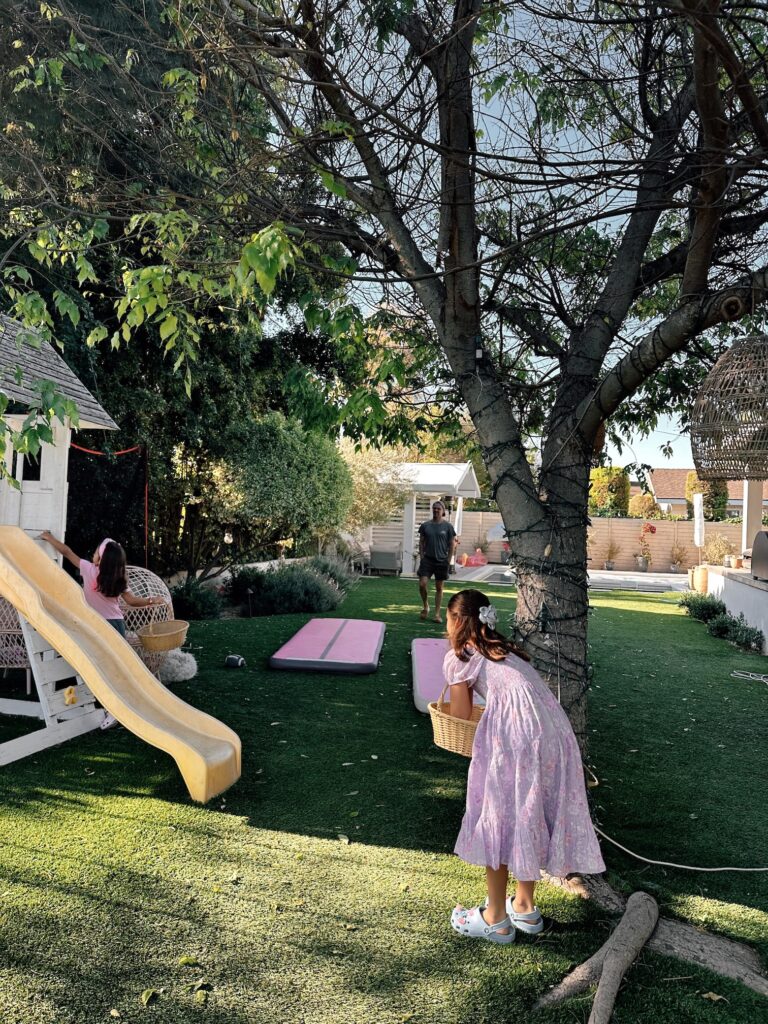
I’ll never forget the day we were introduced to the therapeutic concept of empathy during my first year of graduate school. It was presented to us as being a “necessary” agent for change and that it was not synonymous with compassion or sympathy for someone. It was a much deeper level of understanding. One that made the other individual feel heard, seen, and felt. A level of understanding that drives a sense of togetherness. Immediately after this explanation, we were directed to break off into small groups and practice. We spent the entire hour and a half working through these role play scenarios, using our real life situations. Not as easy as it might seem. As I moved through my trainings and internship, what I came to understand, was that what I had learned back in grad school was 100% accurate. Empathy was necessary for change.
And not only for change, but for creating a sense of connectedness with others. I didn’t need to have the same life experiences as another to feel connected to their struggle. Empathy was the bridge between our two different lives (some more similar and different than others). We are living in a world right now where amongst many changes, we need to start with empathy…..
Like I’ve mentioned before, that starts within the four walls of our home. So today I put together 5 ways that we are working to raise children who are empathic. I drew this directly from my therapeutic work with other children, and hope that it’s helpful to others as well.
But, before I get to that list, I included 3 quotes below that I feel most strongly embody what empathy truly is (because I know my explanation falls short in comparison to these….):
“Empathy is seeing with the eyes of another, listening with the ears of another, and feeling with the heart of another.” Alfred Adler
“Empathy doesn’t require that we have the exact same experiences as the person sharing their story with us…. Empathy is connecting with the emotion that someone is experiencing. Not the event or the circumstances.” Brené Brown
“Opinion is really the lowest form of human knowledge. It requires no accountability, no understanding. The highest form of knowledge is empathy, for it requires us to suspend our egos and live in another’s world. It requires profound purpose larger than the self kind of understanding.” Bill Bullard
_______
5 WAYS I’M TEACHING MY GIRLS EMPATHY
Have Conversations About Feelings: Being able to understand how another individual is feeling, on a deeper level, requires an awareness of feelings. That starts within oneself. These conversations don’t have to be formal sit down discussions, but can occur naturally + organically throughout the day. Just like I would walk around a neighborhood or park labeling items and colors, I do so with feelings throughout the day. As I notice them in both Harper + Camille I label them:
“Wow, you’re so excited!”
“It seems like you’re sad right now.”
“Your smile is showing me how happy you feel.”
“You have a frown + stomped your feet, I can tell that you’re feeling angry + mad right now.”
“That must have made you feel scared.”
I used to use the feelings chart below in therapy sessions with kiddos, to help them see how many different feelings there actually are. I would leave a copy with parents to place on their refrigerator so that they could refer to it throughout the day. I also highly recommend this feelings activity book (here is the “how to get started” guide). This used to be sold in a book format, and sadly isn’t anymore. Yet, the activity book is a great way to get kiddos involved in talking about feelings. You can also turn feeling identification into a game by having children guess what emotion you might be feeling based on your face. You can reverse rolls as well.

Use Books + Media To Help: Once children have a better understanding of their own feelings, they can then generalize this information to others. Using media + books is a great way to get children in the mindset of thinking about how others would feel in a given situation. When reading books together, or watching shows, I identify (and discuss) when I see a character demonstrating empathy and kindness, as well as actions that would be hurtful or mean.
It’s also a great opportunity to ask those feeling questions:
“How do you think she might be feeling?”
“How do you think she felt when ‘character x’ did that?”
“What tells you that she feels ‘x feeling’?”
Books + media are also excellent ways to create diversity in a children’s life. We have several books that have children of all races featured in them, and it also presents a great gateway to talking about race.
Be The Example: I feel as if this is sort of a given point, but it’s something I remind myself of daily. Children are sponges. They especially soak up what they see their parents doing. If we demonstrate emotional awareness + emotional empathy towards others it’s a living example to them of how they should act.
I always try to identify my feelings in front of the girls. If I’m sad I’ll say, “Mommy is sad right now,” or if I’m happy I’ll say, “Mommy is so happy right now….” and explain why. It’s not to place my feelings onto the girls, rather to show them that appropriate emotional expression + identification is healthy.
Additionally, providing them with the empathy I want them to demonstrate is critical. Saying things such as “I know you really want to jump on the trampoline right now because you have so much fun when you do, but right now we have to run an errand,” is a great way to identify the feelings (sadness + frustration she can’t jump) + validate how they feel. If they regularly feel heard + validated they will be able to do the same for others.
Lastly, owning up to my own mistakes is critical. As parents we don’t have to get it right all the time. Nor is that possible (or a reasonable expectation of us). Yet we do have a responsibility to own our mistakes, and apologize for them. If, for example, we’re on a phone call with a customer service agent and get frustrated in front of the children, we should acknowledge that. Say something like “I wasn’t very patient with that person. They probably had a lot that they were dealing with and I should have been kinder.”
Praise Them For Their Kind Acts: When we observe our children doing kind and caring acts we can stop + praise them for this behavior. A lot of time is spent praising good grades, excellent “skills,” and listening to parents, so praising them for being kind humans should be added in there as well.
Lately, in our home, that has organically played out in the ways that Harper acts towards Camille (believe me, it’s not always in positive ways though…. haha). If we catch her helping Camille out we will say something like “That was so nice of you Harper. Look how happy that made her feel!” It’s a really great way to address empathy in action. Kiddos can literally see it playing out and draw a connection between their actions and the impact they have on others.
Expose Them To Differences: As a parent, I see it as my personal responsibility to help my children grow up and thrive in a diverse society by exposing them to differences…. different cultures, ethnicities, religions, and disabilities. There are so many ways to do so. We can point out differences in the books + shows we watch, volunteering in the community, and attending (or watching if attending isn’t possible) different events put on by different cultural and religious groups. It’s a beautiful way to open up the conversation regarding differences and how to have tolerance + respect for those who are different than us.
A FEW ADDITIONAL RESOURCES I HAVE FOUND TO BE HELPFUL
Last week I came across some wonderful resources to help address racism + biases + wanted to take a moment to share them here. They’re not just applicable to children, but to us adults as well. Hope they’re helpful in some way.
The 30 Day Bias Challenge by Charmaine Utz, LCSW: TJ + I both signed up to keep one another accountable and it’s all about becoming aware of unconscious biases + leaning into uncomfortable conversations with yourself.
Turning Awareness Into Action– Danielle Coke (@ohhappydani on instagram)- I listened to these 3 live instagram series and found them to be so helpful + informative. The first session talks about the heart change that is needed to consider making outward changes, the second discusses turning inward and exploring implicit biases, and the last conversation discusses ways to have hard conversations to create change. They range from 20-30 minutes each.
The Conscious Kid: A nonprofit organization which provides parenting and education through a race lens.













